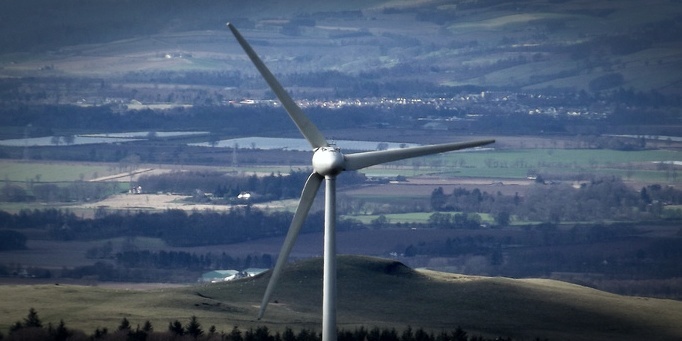First Minister Alex Salmond has called on the UK Government to make clear how much it will subsidise onshore windfarms after the Scottish Government announced it is reducing its own support by 10%.
Mr Salmond has written to UK Energy and Climate Change Secretary Ed Davey warning that uncertainty over how much subsidies will be paid in the form of Renewable Obligation Certificates (ROCs) will deter investment.
ROCs are a complex form of indirect subsidy which prove electricity suppliers have used renewable sources to generate a set amount of their total electricity.
At the end of the year, those that have met all their commitments are paid a share of the buyout fund in proportion to the total number of ROCs they submitted.
Last year, more than £15 million was paid out from the buyout fund in Scotland.
Now, although the Scottish Government intends to reduce payments by 10% per ROC, they warn the Department of Energy and Climate Change’s decision to delay its response to the renewable obligations review could scare away investors.
Mr Salmond said: ”Across Europe and around the world, governments, citizens and industry are working to develop a low carbon economy, including big increases in clean-energy generation protecting the environment and creating jobs in the process.
”The binding targets to which the UK and Scottish Governments have each signed up mean that renewables capacity and investment in Scotland is in the interest of communities across these islands. The continuing uncertainty surrounding the outcome of the renewables obligation reviews upon which both Governments have consulted risks undermining significantly our ability to meet our shared renewable energy aims.”
He added: ”DECC’s announcement this week to delay its ROC review decision has caused real anxiety to stakeholders and developers, especially in the light of recent press reports that the UK Government is considering even lower onshore wind support levels than the 10% reduction proposed in the consultation.
”This wholly unnecessary uncertainty is jeopardising future investment the CBI spoke last Wednesday of millions of pounds of investment now at risk. That is why I wish to make clear that the Scottish Government intends to amend the onshore wind ROC band to 0.9 with effect from April 2013, in line with all available evidence.”
Richard Dixon, director of WWF Scotland said: ”The Scottish Government has shown very welcome leadership on an issue which was beginning to threaten our renewables revolution. The change in the level of support reflects the fact that the cost of onshore wind is coming down, but is set at a level that will still maintain investor confidence.”
Meanwhile, the Scottish Conservatives are demanding the Scottish Government provides more assistance to councils struggling to cope with an avalanche of applications for new onshore windfarms.
They have submitted freedom of information requests to all Scottish councils asking how much they have spent so far processing planning applications for wind turbines.
